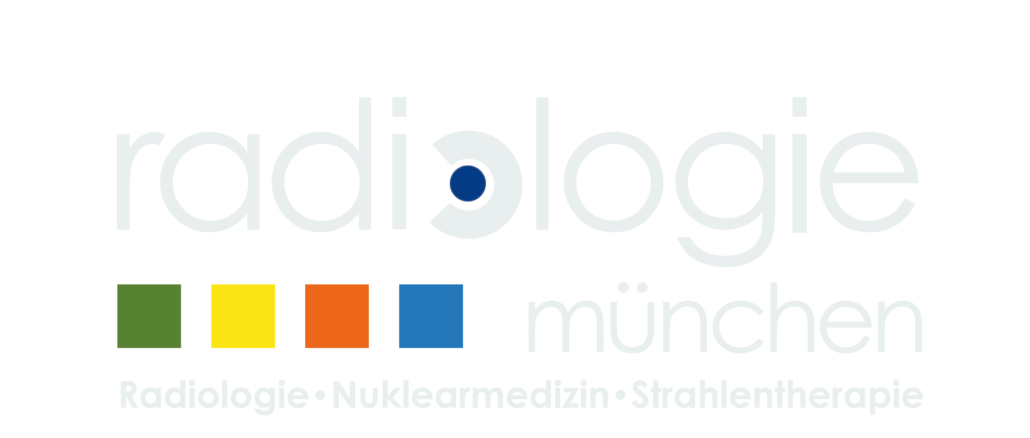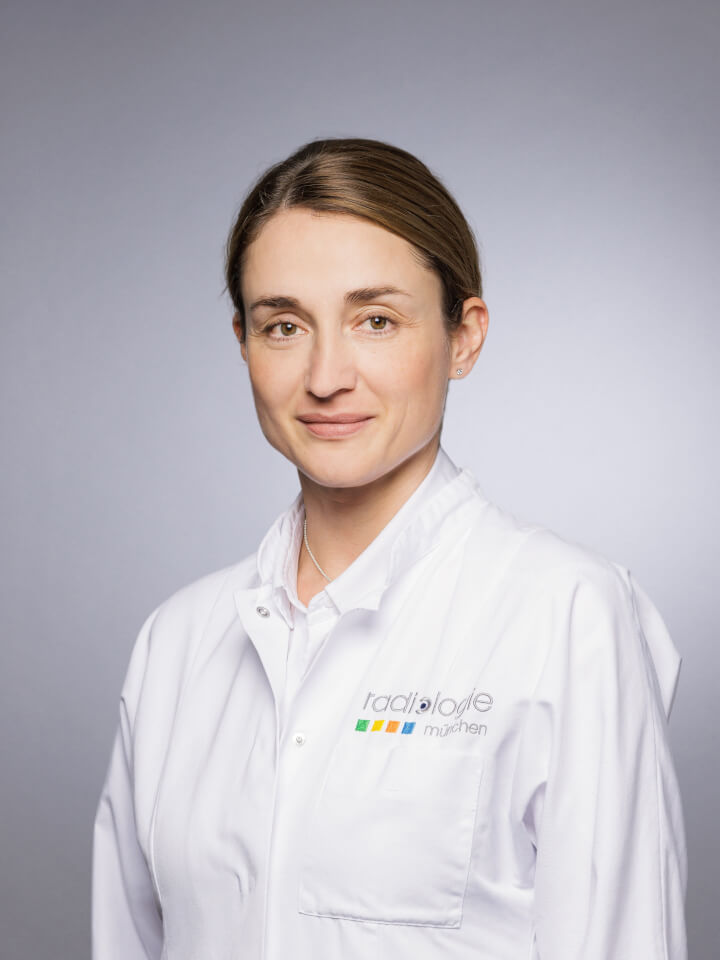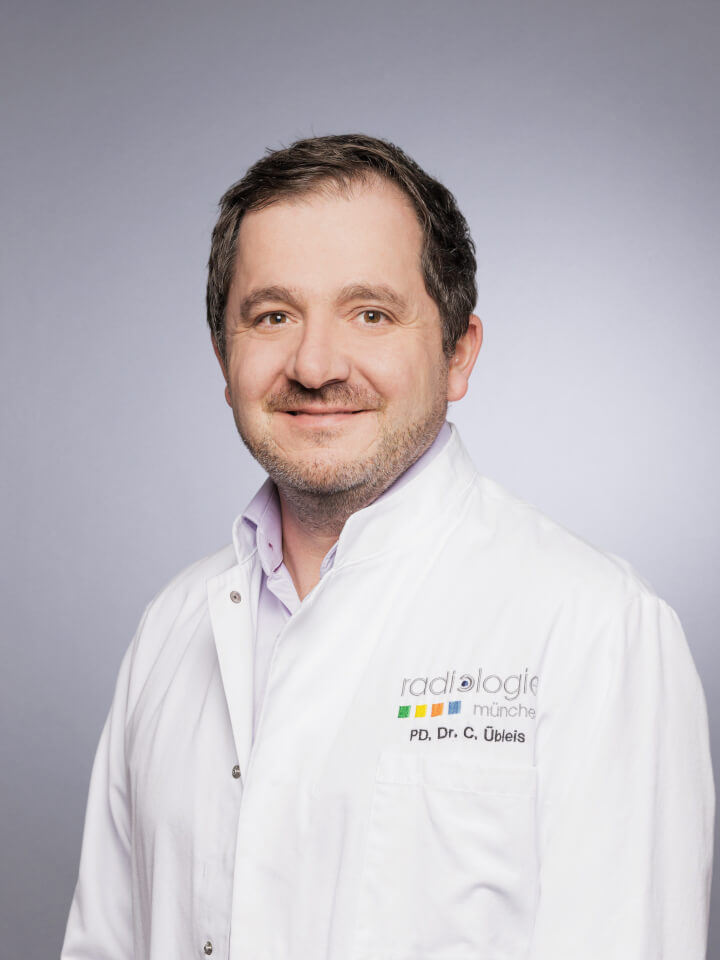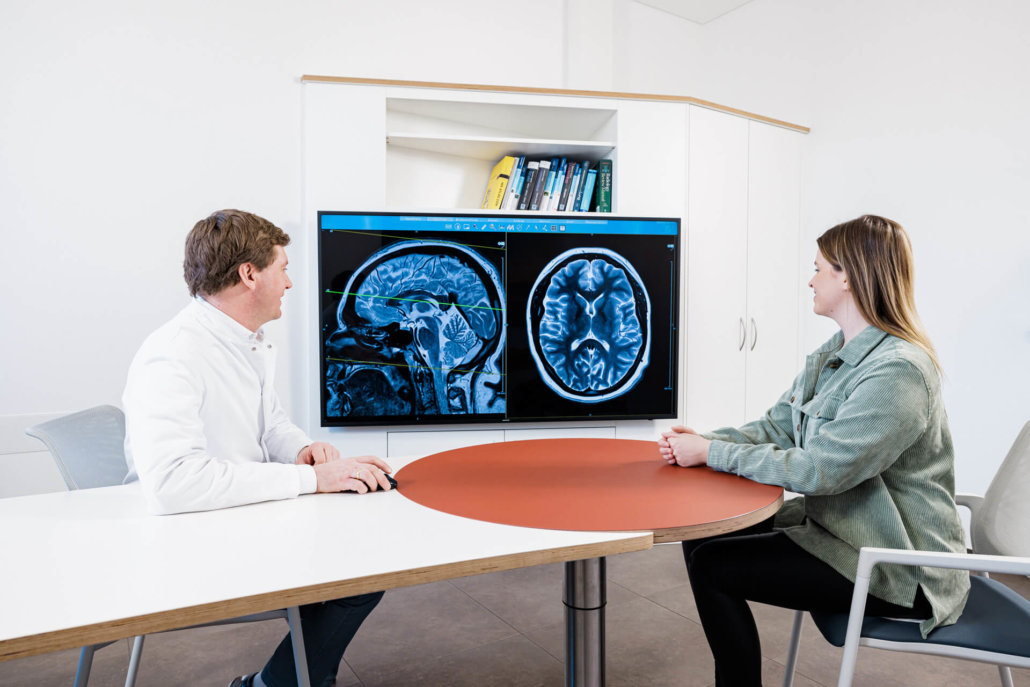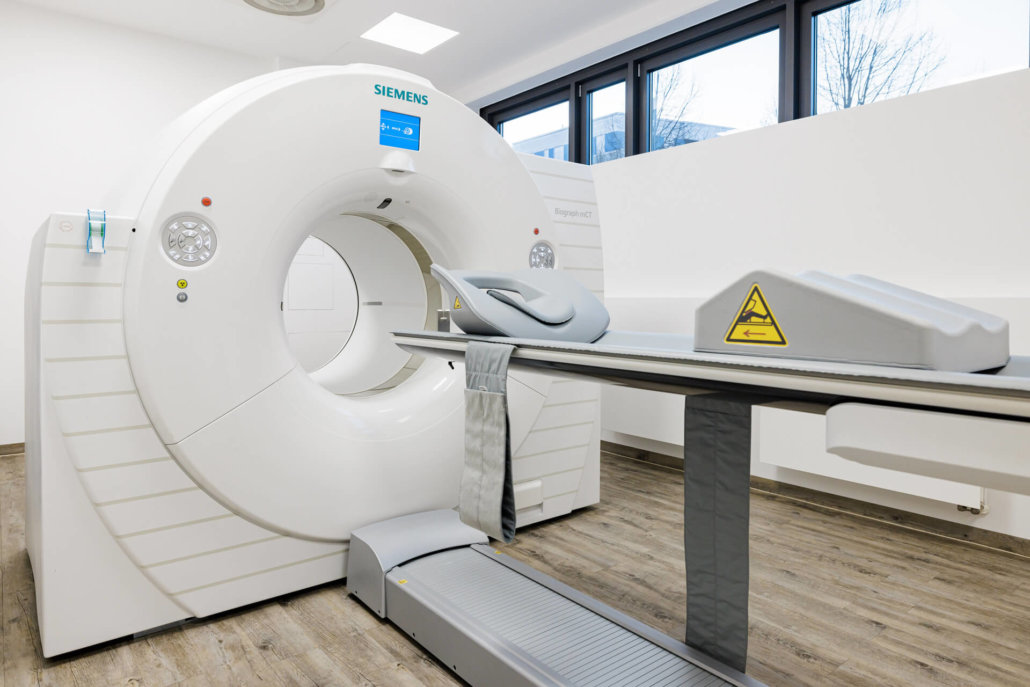Neurological disorders optimally detectable
In neurology, PET/CT plays an important role in the early detection of neurological diseases, especially dementia and epilepsy, as well as circulatory disorders, in addition to its importance in the fight against cancer. By measuring glucose metabolism in the brain, pathological changes can be mapped.
approx. 2 hrs.
Total duration of the examination
approx. 30 min
PET-CT scan duration
Where can you have an innovative PET-CT performed in Munich?
By imaging the processes in the brain using a PET/CT, imbalances or congestion can be very well mapped. The earlier an imaging study produces results in these neurological problems, the better any therapeutic approaches can be started. Our team of specialists is here to help you – ask for an appointment.
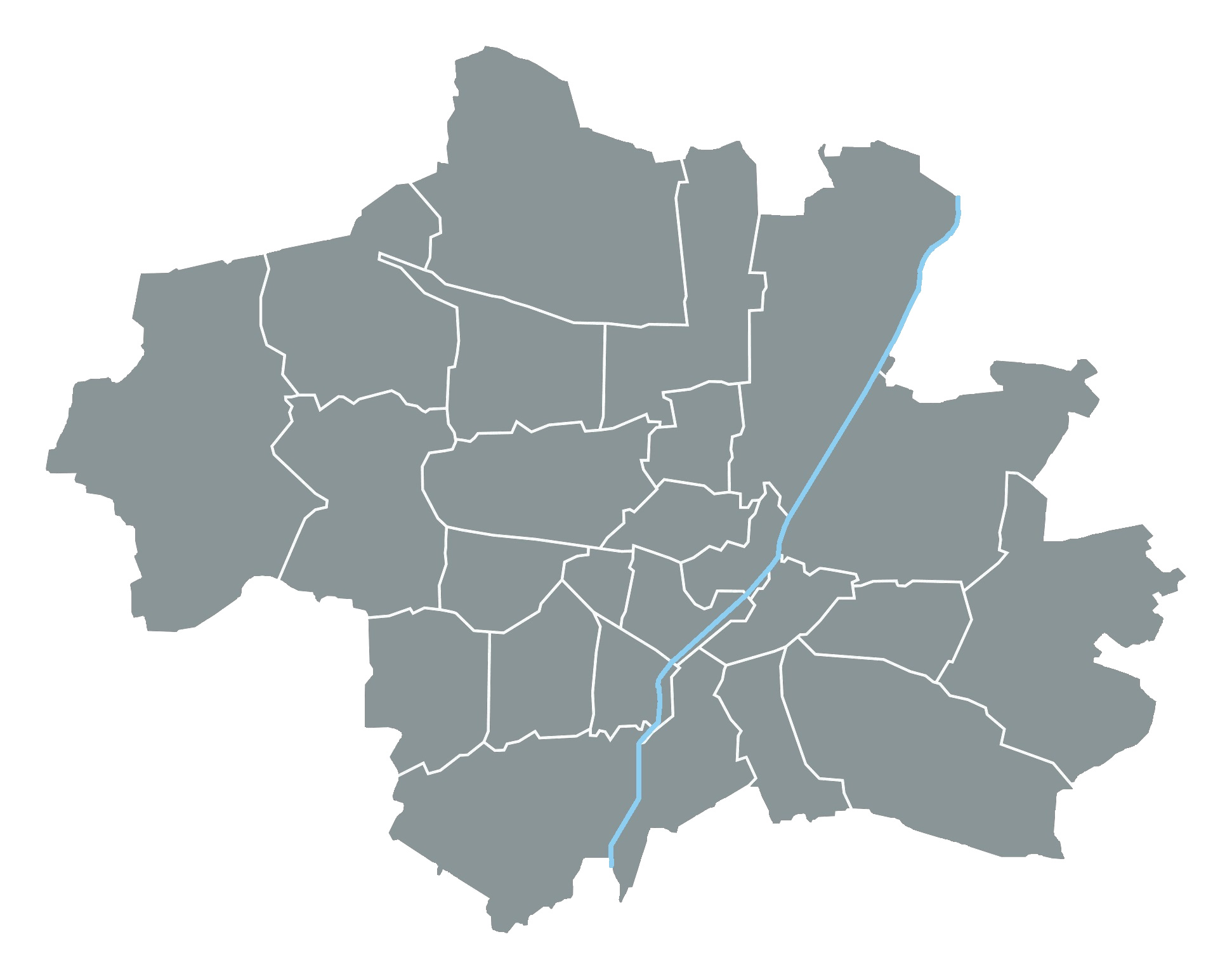
Your contact person for PET-CT
Feel free to contact us directly through any of the following channels! You can contact us by telephone during the practice hours of our location at Max-Lebsche-Platz in Munich Großhadern ( Mon-Fri from 8 a.m. to 6 p.m.) on 0049 89 2121 96 535.
Please feel free to use our registration forms, which you can send to us by e-mail to petct@radiologie-muenchen.de or by letter.
Early detection crucial for chances of cure
It is a basic rule in medicine that also applies to the treatment of Alzheimer’s: the earlier a disease is detected, the better the chances of recovery. When a patient shows the first symptoms of dementia, PET/CT can be used to differentiate between the various forms of dementia (e.g., dementia of the Alzheimer type, frontotemporal dementia, Lewy body dementia, pseudodementia in depression).
Reliable early detection is becoming increasingly important, as patients in the early stages of dementia in particular could benefit from the use of neuroprotective drugs in the future. Many clinical trials of such drugs are currently underway to see if they can be used to slow the progressive progression of dementia (particularly of the Alzheimer’s type). This is where PET/CT can make an important contribution.
Decreased glucose metabolism in Alzheimer’s dementia
Certain regions of the brain are particularly affected by the tissue changes typical of Alzheimer’s disease. These have the effect that less glucose is metabolized in Alzheimer’s dementia. PET-CT can detect decreased glucose metabolism at a very early stage of the disease.
FDG as radiotracer
PET-CT examinations use weakly radioactively labeled substances known as radiotracers. Just as in the examination of tumors – which metabolize glucose at an increased rate – the radiotracer FDG is usually used in a PET-CT examination to detect Alzheimer’s dementia.
FDG is taken up into the cells like glucose after injection. However, FDG is hardly degraded, but accumulates in the cells. By measuring the radiation released when fluorine-18 decays, the distribution and accumulation of FDG in tissue can be visualised and measured using PET-CT.
What should you look for in a PET-CT scan?
A PET-CT examination can usually be performed on an outpatient basis.. This means that you may go home after the examination. To avoid unnecessary risks, you should follow some rules of conduct before and after the examination:
Medication
Before a planned examination, please discuss with your doctor whether you can take your medication as usual on the day of the PET-CT examination – especially if you are diabetic. Tell your doctor about all medications you are taking. Also inform him or her if you are currently receiving or have recently received chemotherapy or radiation.
Do I have to be sober for a PET-CT examination?
Yes, you usually need to be fasting for a PET-CT scan. This means that you should not eat any more food before the examination. However, you may drink water, black coffee and unsweetened tea. After the examination, you should drink a lot and go to the toilet frequently. This will empty your bladder and ensure that the tracer is quickly excreted.
How long does a PET-CT examination take?
The examination of the brain using PET/CT takes about 1.5 hours in total. It starts with absolute relaxation with eyes closed in a darkened room to reduce brain activity to a minimum. The radiotracer is then injected, which spreads throughout the brain – again in a darkened environment. This is followed by the actual recording on the device, which takes about 30 minutes.
When and for whom is PET-CT not suitable?
PET/CT is a method that has been proven for decades to detect metabolic processes in the body safely and painlessly. However, since this method exposes you to radioactive radiation, it should only be used after a critical evaluation of your findings and an individual weighing of the benefits and risks. A PET/CT examination is usually not suitable for pregnant women, as the unborn child is particularly sensitive to the radioactive radiation.
